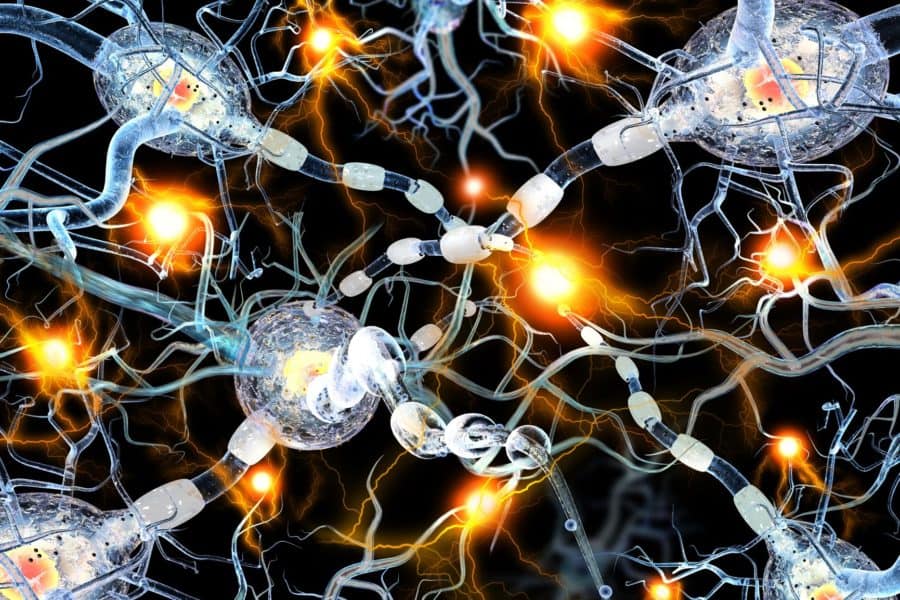
The COVID-19 pandemic has revealed a flaw in our medical research capabilities: the inability to determine who is most at risk of contracting novel coronaviruses and, most importantly, who is most likely to experience significant morbidity and mortality. If we focus COVID-19 research solely on treating and preventing only the current coronavirus, we are missing a huge opportunity to prevent or attenuate the impact of future pandemics. And there is no question in the mind of most scientists that the world is facing future pandemics, potentially of coronaviruses even more virulent than COVID-19.
“If we focus COVID-19 research solely on treating and preventing just this coronavirus, we are missing a huge opportunity to impact future pandemics.”
To do this future-facing research, we will need to build biobanks that are unlike most currently in existence. These biobanks, like the Colorado Longitudinal Study (COLS), would collect and store biological specimens and health information that researchers could use to investigate:
- Who will be likely to become ill during a pandemic and who is likely to remain healthy
- What pre-existing health conditions or environmental factors make some people more vulnerable
- What diagnostics and therapies can be developed to treat the most vulnerable.
By doing this, we could then concentrate resources where they will have the greatest impact on the health of the greatest number of people.
Transformational Biobanks of Tomorrow
The term “biobank” can be misleading. It is used to describe many different types of repositories. Many biobanks consist of only small numbers of biological specimens that are collected by a physician when a procedure is performed, for example to remove a cancerous tumor. The tissue is stored in the freezer of the physician researcher to use for his or her research. Usually it is a single sample collected from the patient; sometimes blood is collected at the same time. The amount of information about the patient’s previous history may be limited. And often there is little or no follow-up collection of tissue, blood, or health information kept in an organized, retrievable manner. Often these data are not shared with other researchers or the broader community through manuscripts or at scientific meetings.
The type of biobank that are needed to prepare for future pandemics – or mitigate the impact of the current pandemic if a vaccine proves elusive — is one that is developed specifically to collect biological samples and corresponding personal, community, and public health data for the same participants. It would be truly transformational to create biobanks that are set up for future research without a specific hypothesis in mind: some of the uses and hypotheses that can be tested in the future with these biobanks may not be obvious at the present time. The key element is that the resource is available for qualified researchers to use to query critical questions like how to attack a pandemic before it actually becomes a pandemic and has spread widely or why some people become severely ill when others do not. At the same time, this same data can be used to solve non-pandemic health questions, such as why some pre-diabetic patients respond to lifestyle changes while others don’t.
The key characteristics that make a biobank of this kind powerful are:
- Biological samples, such as blood, urine, stool, and/or biopsied tissue are collected from the same individual consistently over the course of time. This allows the biobank to become a longitudinal record of the individual and the changes that occur in that person over time.
- The biological samples are processed and stored in a consistent and rigorous way so that multiple biological molecules, not just DNA, but also RNA, proteins, lipids, metabolites, and small molecules are preserved and not degraded because of poor or inconsistent processing or storage conditions.
- Detailed personal health information is collected through self-administered surveys and electronic health records. This must be done in a culturally sensitive manner from diverse populations. In the past, research has not included racial minorities, different socioeconomic classes, and hard-to-reach rural populations. Any conclusions drawn from just a middle-class Caucasian population will be of limited value for future research and discovery.
- Data on social determinants of health, such as housing, income, and education, which we now know play a significant role in health outcomes, must be collected and matched to a person’s biological samples and personal health history.
- In addition, environmental information is collected to know whether participants have been exposed to pollution from industry, wildfires, extreme temperature events, hazardous water, or other environmental phenomena.
- A large number of participants are enrolled so that statistics can be performed on any findings. The UK Biobank includes 500,000 participants in Great Britain. The NIH-sponsored All of Us Biobank aims to enroll one million people. With a population this size, researchers will be able to understand the causes of common and rare diseases. COLS has the additional characteristic of recruiting only from a limited geographic area, the state of Colorado, allowing researchers to study neighborhood health in addition to community and public health. The different environments of different neighborhoods are known to exert a huge impact on health outcomes.
Biobanks Key to Medical Breakthroughs
Even though existing biobanks do not fulfill all the desired characteristics listed above, they have already proven to be important in advancing our understanding of multiple diseases. For example:
- Genetic analysis of some of the participants in the UK Biobank revealed links between insulin resistance and coronary artery disease.
- The Framingham Heart Study is now considered one of the longest, most important epidemiological studies in medical history. In the 1960s, the study demonstrated the role cigarette smoking plays in the development of heart disease. Those findings helped fuel the first anti-smoking campaigns of that era. Seminal research was possible because this study defined CVD risk factors and fundamentally shaped public health guidelines for CVD prevention.
- The Columbine Health Systems Center for Healthy Aging at Colorado State University has completed nearly 40,000 COVID-19 tests in senior residential care communities throughout Colorado, positioning the Center as a national leader in research on how COVID-19 affects older adults and rehab patients in senior nursing facilities.
These are only some of the examples of how biobanks have allowed research to advance health and prevent diseases. It is anticipated that they can serve an important role in developing strategies for fighting pandemics like COVID and avoiding pandemics in the future.

